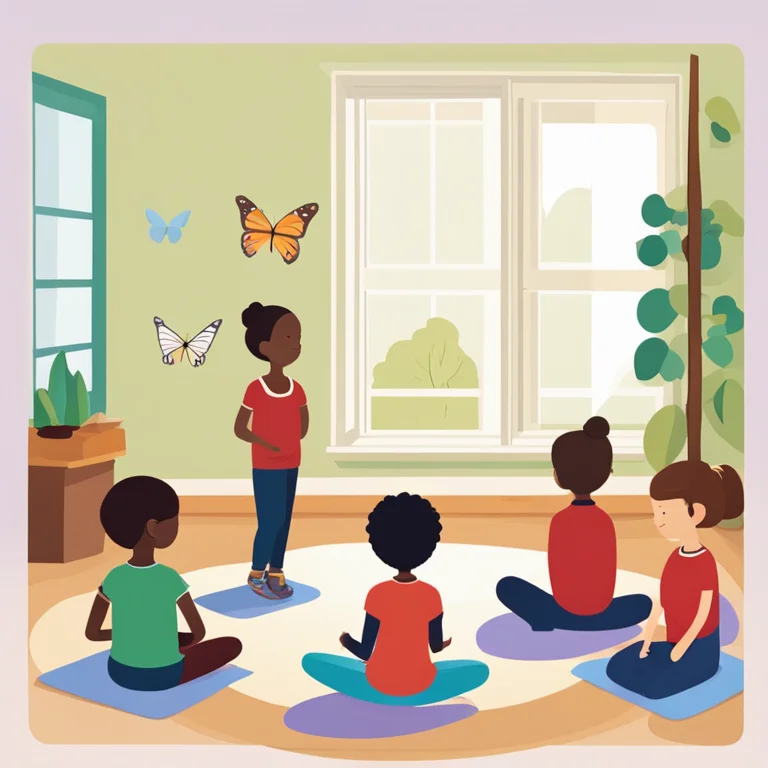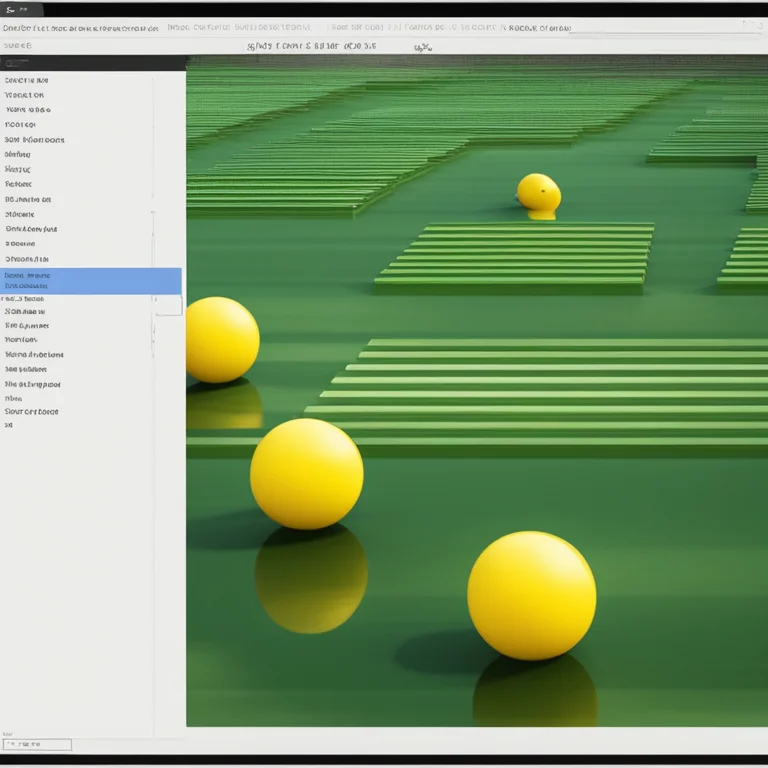
Mindfulness Meditation for Young Students
Mindfulness meditation practices tailored for first graders to foster attention, calmness, and emotional regulation.
article by Hina Kurosawa
Introduction to Mindfulness for Children
Teaching mindfulness to young children is a growing trend. Parents and educators alike have started to recognize the profound benefits that come with incorporating mindfulness exercises into the lives of first graders. Such practices are not merely beneficial for adults; they can greatly enhance a child's ability to focus, manage stress, and develop kindness towards themselves and others. In this article, we delve into the world of mindfulness meditation for first graders, offering practical tips for children to immerse themselves in this enriching practice in an age-appropriate way.

Beginner's Mind in Practice
When introducing meditation to first graders, it's essential to start with the concept of the "beginner's mind." This idea encourages openness and eagerness to learn. Children are natural experts in this, as they approach the world with wonder and curiosity. Instructing them to pay attention to their breath or the sounds around them, allows them to experience the present moment without preconceptions. Such simple awareness exercises lay the groundwork for more profound mindfulness practices as they grow older.

Simple Mindful Breathing Techniques
A fundamental part of mindfulness meditation is focusing on one's breath. For young students, this can be made engaging by using imagery or storytelling. Guiding them to imagine a sailboat rising and falling with their breaths, or a balloon inflating and deflating, can help anchor their attention in a fun and relatable way. This not only promotes relaxation but also teaches them to return their focus to a singular object—a skill that enhances concentration and emotional control.

Integrating Mindfulness in Daily Activities
Mindfulness meditation doesn't always have to be a separate part of the day. It can seamlessly blend into daily routines, such as during a morning circle time, a transition between classes, or a moment before starting homework. Encouraging children to take mindful moments—pausing to notice the sensations of their breath or the sounds in the environment—can become a habit that fosters a mindful attitude throughout their day-to-day life.

Storytelling and Visualization
For visualization techniques, storytelling can be a powerful tool. A guided meditation that centers around a journey through a forest or a trip to the beach can not only be calming but also stimulate young imaginations. This practice of mental imagery can help instill a peaceful state of mind while enhancing the creative faculties that are so vibrant in children of this age.
Emotional Awareness and Expression
Mindfulness meditation also aids in the development of emotional intelligence. By creating activities where children recognize and talk about their feelings, they learn to express themselves more clearly. First graders can be encouraged to notice how different emotions may affect their body and breath, and learn ways to calmly navigate through their feelings—a skill that is invaluable for personal and academic success.
The Role of Teachers and Parents
The success of teaching mindfulness meditation to first graders largely depends on the engagement and enthusiasm of teachers and parents. When adults model mindful behavior, children quickly learn its importance. Regularly practicing mindfulness together, and discussing experiences and benefits, can solidify the practice as a cornerstone of a balanced, happy life for the young students.
Published: 1/9/2024
Modified: 1/9/2024
More predictions
Come back here soon to learn more about yourself and your future


The Essential Guide to Choosing Your Meditation Chair
Discover the key aspects to consider when selecting the perfect meditation chair for enhanced comfort and focus during your mindful practices.


The Ideal Meditation Chair: Elevate Your Practice
Discover the features and benefits of the perfect meditation chair to deepen your spiritual practice and enhance comfort during sessions.


Meditative Motion: The Dance of Calmness
In 'Meditative Motion: The Dance of Calmness,' we delve into the practice of mindfulness through movement, offering a path to tranquility for the body and soul.